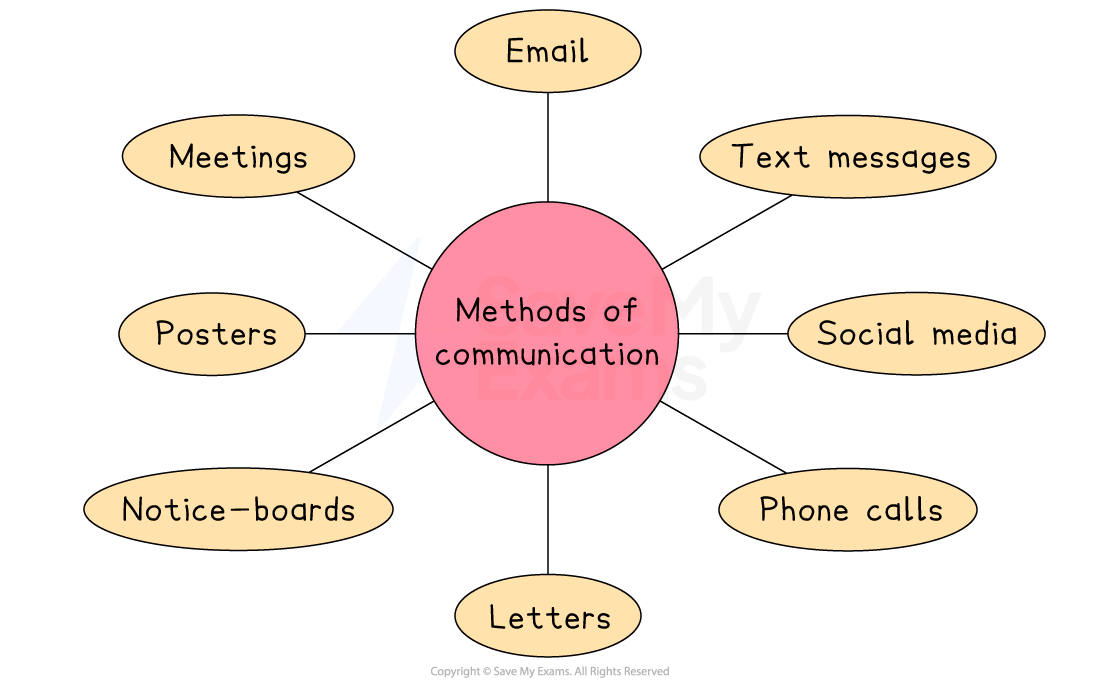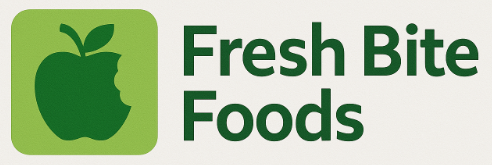Syllabus Edition
First teaching 2025
First exams 2027
Why Communication is Important (Cambridge (CIE) IGCSE Business): Revision Note
Exam code: 0450, 0986 & 0264, 0774
The importance of communication
Communication is the successful transfer of messages between sender(s) and receiver(s)
The communication process

Effective communication should be
Clear and unambiguous
Appropriate to the context and to the sender
Sent to the correct receiver in an accessible format
Timely and contain only the required amount of detail
Managers should make sure that communication is organised and controlled to ensure that a suitable level of communication exists between key stakeholders
A 2021 survey of US workers found that more than one-third reported email overload that might lead them to resign from their jobs
Benefits of effective communication
Helps managers and employees to minimise mistakes
Supports everyone involved in a business to understand their role and know what is expected of them
Ensures that the business's values and objectives are clear
Provides customers with the information they need to understand goods and services
Minimises business costs
Helps businesses to effectively exploit new opportunities
Methods of communication
Businesses have a range of ways to organise communication, both within the organisation and with external stakeholders

1. Meetings
Meetings are discussions that take place either in person or through video calls
They are useful when detailed conversations are needed or when team collaboration is important
For example, a manager might hold a virtual meeting with department heads to plan for a product launch
Advantages and disadvantages of meetings
Advantages | Disadvantages |
|---|---|
|
|
|
|
2. Email
Emails are written messages sent electronically over the internet to one or more people
They are useful for sharing documents, giving instructions or contacting external stakeholders like suppliers or customers
For example, a sales manager may email a customer with an invoice and delivery confirmation
Advantages and disadvantages of email
Advantages | Disadvantages |
|---|---|
|
|
|
|
3. Text messages
Text messages are short, written communications sent by mobile phone
They are useful for urgent reminders or updates where a quick response is needed
For example, a supervisor might text an employee to remind them about a last-minute shift change
Advantages and disadvantages of text messages
Advantages | Disadvantages |
|---|---|
|
|
|
|
4. Social media
Social media platforms like Facebook, Instagram, and X allow businesses to communicate with the public or with specific groups
They are useful for marketing, brand updates, and responding to customer questions and feedback
For example, a clothing brand might post product updates and special offers on Instagram to attract customers
Advantages and disadvantages of social media
Advantages | Disadvantages |
|---|---|
|
|
|
|
5. Phone calls
Phone calls allow two or more people to speak directly using a landline or mobile phone
They are useful for quick decision-making or when immediate clarification is needed
For example, a supplier may call the purchasing manager to confirm an urgent order
Advantages and disadvantages of phone calls
Advantages | Disadvantages |
|---|---|
|
|
|
|
6. Letters
Letters are written documents usually printed and delivered by post or hand
They are used for formal communication or when a permanent, signed record is needed
For example, a company may send a job offer or contract to a new employee by letter
Advantages and disadvantages of letters
Advantages | Disadvantages |
|---|---|
|
|
|
|
7. Posters
Posters are printed signs or notices placed in visible areas such as staff rooms, canteens or shop floors
They are best for sharing key messages that need to be seen often, like health and safety reminders
For example, a poster in a factory might remind workers to wear safety goggles
Advantages and disadvantages of posters
Advantages | Disadvantages |
|---|---|
|
|
|
|
8. Noticeboards
Noticeboards are boards found in workplaces where printed messages, rotas or announcements can be pinned up
They are useful for displaying long-term or regularly updated information such as shift timetables or company news
For example, a restaurant might use a noticeboard to show the weekly staff schedule
Advantages and disadvantages of noticeboards
Advantages | Disadvantages |
|---|---|
|
|
|
|
Internal and external communication
Internal communication is the exchange of message(s) between two or more members of the same organisation
For example, telephone call between a sales manager and a finance team member
External communication is the exchange of message(s) between an organisation and external stakeholders such as customers, suppliers or investors
For example, sending an online order form to a supplier
Recommending communication methods
Businesses are likely to develop their communication methods and style over time
Smaller business may only be able to afford to communicate with customers through posters, leaflets and social media
Larger businesses are likely to have greater budgets, which allow for the use of television and billboard promotional campaigns
Factors that influence the choice of communication method
Factor | Explanation | Example |
|---|---|---|
Cost |
|
|
Speed |
|
|
Receiver |
|
|
Leadership style |
|
|
Message details |
|
|
Need for a record |
|
|
Feedback |
|
|
Case Study
Communicating Effectively at Fresh Bite Foods

Fresh Bite Foods is a Canadian healthy snack manufacturer with around 100 employees. The business sells its products through retailers and its own online store.
Communication problems
Fresh Bite used to rely on noticeboards to share updates like shift changes and health and safety rules
However, many employees missed important messages
Additionally, customer complaints and questions were handled only by email, which led to delays and frustration
Solutions
The business introduced email and a staff messaging app to send updates directly to employees’ phones
For urgent issues like machinery problems, managers use face-to-face conversations or phone calls
This helped reduce lateness and confusion on the shop floor
Fresh Bite also added a live chat feature on its website and trained customer service staff to respond quickly and clearly
This made it easier for customers to ask questions and get fast support
As a result, customer satisfaction and reviews improved
Examiner Tips and Tricks
Don’t just say “communication is important” – show the consequences of poor communication, such as mistakes, delays, or demotivated employees. Examiners look for this cause-and-effect link

Unlock more, it's free!
Did this page help you?